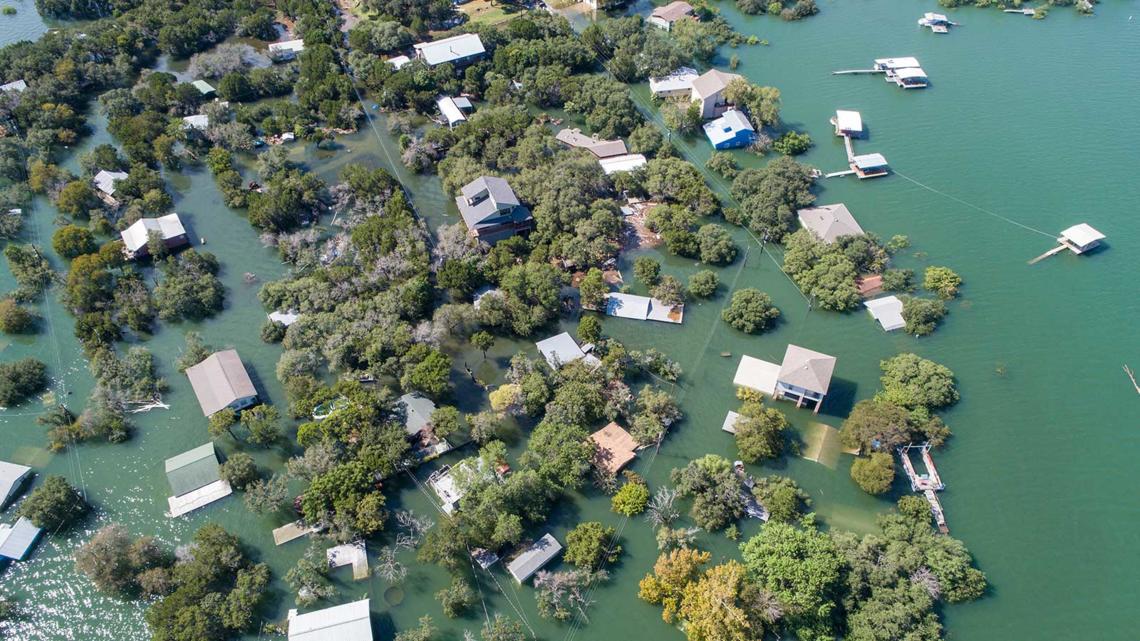New Delhi, 18 March 2019: For the eight year in a row, ‘water crisis’ was included as a top-five risk in terms of likelihood in the World Economic Forum’s Global Risks Report. During this time, this crisis has worsened: floods (Kerala, India, 2018), drought (Cape Town, South Africa, 2018) and pollution (Flint, Mi, USA, 2016) events are becoming regular news stories. Last summer, the impact of high temperatures and low rainfall drying up the Rhine is estimated to have knocked at least 0.7 percentage points off economic growth in Germany.
The 2018 review of progress made towards achieving Sustainable Development Goal (SDG) 6 was damning: the world is not on track. There appears to be a worsening scenario: inertia at a global level, and an increasing prevalence of local water shocks.
Business is responding to this global risk. As part the World Business Council for Sustainable Development’s (WBCSD) Reporting matters deep dive on water released in 2018, the majority of the 158 responding companies evaluated water as an issue that impacts their business, with more than half highlighting water as a material issue. However, when it comes to articulating the contextual or local nature of water-risks in sustainability reports, there is a gap. This could signify a general challenge for business: translating down corporate level targets to a local level and elevating local level water-risks (and opportunities) to a corporate level.
Herein lies the dilemma: we know that there is a global crisis, but we are not responding to it at the level where it has an impact: local.
There may be trouble ahead
Fast forward to 2050, when a projected 10 billion people will need energy and food, how do we ensure that the necessary water is available to irrigate crops and produce energy? Whilst the recently published EAT Lancet report highlighted that the transformation required for a sustainable and healthy food system could yield a net reduction in food-related water use in the range of 34-42% it also states that “the agriculture sector should be allowed a larger future allocation of the overall [freshwater] planetary boundary.”
Similarly, as we move to a post-carbon world, the energy transition requires a closer look at water use. The dual development of widespread deployment of nuclear generation and CCS (carbon capture) technology to keep to a ‘1.5 degree’ world and an increase in demand for energy from population growth could result in a water-intensive low-carbon energy system that may contribute to localized water stress.
On the one hand, there are significant implications on water availability, quality and use for the policy and business choices we make for food and energy system transformation; and on the other, to drive these system transformations, it’s clear that we need immediate action on water to drive efficiencies and ensure equitable allocation now and in the future.
A better future
How can business respond? In 2018, WBCSD published the CEO Guide to Water, which provides a broad overview of the business case for water. Building out from this, we have three areas of response where we feel that business can play a role in ensuring we have an equitable water future:
1. System Transformation – businesses that are leading the way on efficient water management, particularly for agriculture, can be front-runners in the transformation of the food system, as illustrated in our publication Co-optimizing solutions in water and agriculture. Such business solutions should be promoted as part of the response to systems transformation in global policy discourse and commitments.
2. Basin Connected Business – businesses that understand their local water context, through tools such as the India Water Tool, and collaborate at a watershed and / or basin level to work towards shared outcomes as exemplified in our partnership with the 2030 Water Resources Group. Business needs to get to grips with responding at a local (basin) level.
3. Water in the Boardroom – businesses that translate water-related risk information into decision-making information, will enhance their decision outcomes to hedge water-related risk and make the most of new opportunities that arise. Like WBCSD member International Paper, who have applied the natural capital protocol to ‘attach a value to water’ and others who have explored the opportunities for circular water management. Bridging water information from the basin to the boardroom is a critical process.
Action speaks louder than words
Business will play a key role in the transformation of the food and energy systems, and as they do, they will help determine the course for water security.
If business recognizes water as a significant local risk and collaborate with non-conventional partners and businesses to take locally relevant actions, we will make progress and make it possible to provide food and energy for 10 billion people.
If business continues to address water as a global risk, depend on systems transformations alone to reduce water use and undervalue water, we will still be talking about a water crisis in 2050.
The time to act is now.
1. Improved food production practices could reduce water use by about 30%, halving food loss and waste could reduce water use by 13% and dietary changes could lead to a 1-9% increase in water usex
Outline
Related
Content

World Water Day: the relationship between water and climate change
22 March, 2020

BP releases trade associations report ensuring alignment on climate change
26 February, 2020

Focusing on regenerative agriculture and moving to renewable electricity, Nestlé redoubles efforts to combat climate change
3 December, 2020
